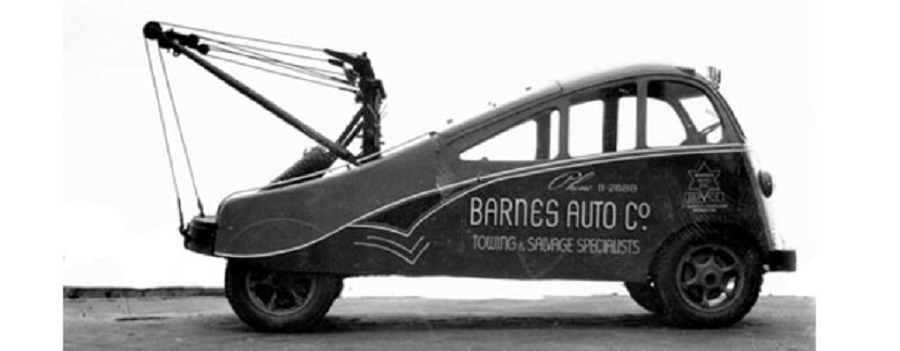
Hi Gang…
Where have all the streamliners gone???
Good friend and automobile historian Glenn Brummer is tracking down interesting rarified stories about cars, vehicles and auto ephemera, near and far – and today’s story from Glenn is from far, far away: Australia.
But I love the topic! Art deco, streamlined trucks! Wonderful design and written about by few others such as Michael Lamm of Special Interest Auto fame and John Gunnell.
So here’s one to add to the collections out there gang, and hats off to Glenn Brummer for his research acumen, photos, stories, and friendship.
Way to go Glenn!
Streamliner From Down Under
By Glenn Brummer
The Barnes Auto Co. has been around a long, long time in Brisbane, Queensland, Australia.
As far back as 1914 they were towing wrecks and rescuing vehicles long before the tow truck market became very competitive. Their tow trucks were always recognizable with blue and orange strips adorning their vehicles.
In about 1937, Luton J. White, the owner of Barnes Auto Co., together with Alan White, conceived an idea to build a streamlined wrecker – something strikingly modern. In appearance the vehicle was a complete departure from anything normal for the day, as can be seen in the accompanying pictures. Both front and rear ends are rounded so that maneuvering in tight spaces is easy.
The visibility from the driver’s seat is extraordinarily good and will facilitate easily, the work of handling any job. They chose a 1938 Dodge 6 two-ton truck chassis, shortened and reinforced and converted to full forward control. The engine developed 78 horsepower and with a special low gear in the four-speed gear box, it would climb the steepest grades and go where no others could go.
Alan’s grandfather, Jack White, designed and built the power unit which was connected through a series of special reduction gears and double-faced clutch to a double jib hoist capable of lifting ten tons. The hoist could be adapted, with the use of additional equipment, to raise a car or truck from any location, not only at either side or rear, but even in front.
The lifting and trailing gear was arranged so that four vehicles could be towed at once – three at the rear and one in front. On the hoisting gear there was 600 feet of wire rope, giving a direct pull from that distance. Quick-action cable grips were carried to expedite the work of long distance pulls.
The unique streamlined body was built by Watt Brothers of Wolloongabba (now Watt’s Bus & Coach Works PTY LTD) and was a highly specialized job. The vision all around was excellent and the interior was lined with Masonite. The operator sat forward and the passenger’s seat was across middle.
This truck remained in service until the mid 50’s when it was replaced by a crew cab English Dodge.
Many thanks go out to Andrew McCowan and Julie-Anne Carle of Barnes Towing & Salvage and especially to Barrie Watt of Watt’s Bus & Coach Works for their assistance in the preparation of this article.
Summary:
Recently, Glenn inquired about the disposition of the tow truck – what happened to it. Barrie Watt of Watt’s Bus & Coach Works shared the following:
Glenn…
I’m sorry to say, the tow truck finished up at the Nudgee rubbish dump near the brisbane airport about 15 years ago.
Barrie
Hmmmmm…
My trips are pretty adventurous across the United States, but I’m not sure I’m ready to cross continents in search of lost cars…
Yet…this sounds intriguing 🙂
So…any of you Aussies out there in the Forgotten Fiberglass Family in the vicinity of Brisbane? I guess it’s a long shot, but what a great non-fiberglass find this would be! Go get ‘em gang and keep us posted on what you find.
And for those of you wishing to learn more about Barnes Auto Towing and its heritage, click here.
Thanks again to Glenn Brummer for his research prowess and willingness to research and put together this great history for us here at Forgotten Fiberglass.
Hope you enjoyed the story, and until next time…
Glass on gang…
Geoff

——————————————————————-
Click on the Images Below to View Larger Pictures
——————————————————————-
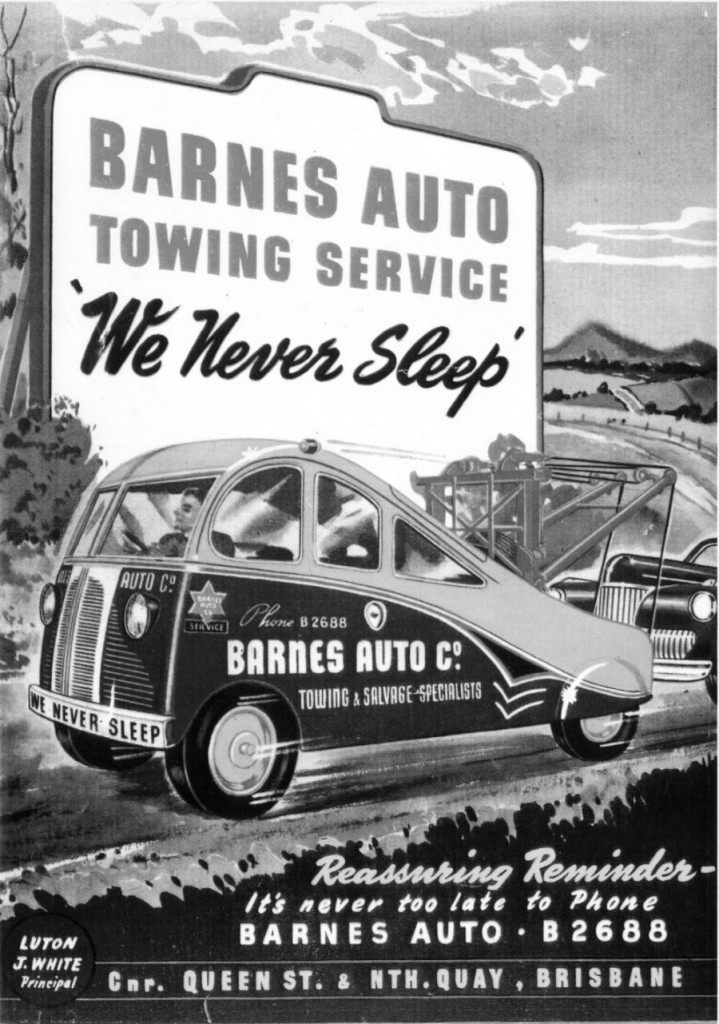
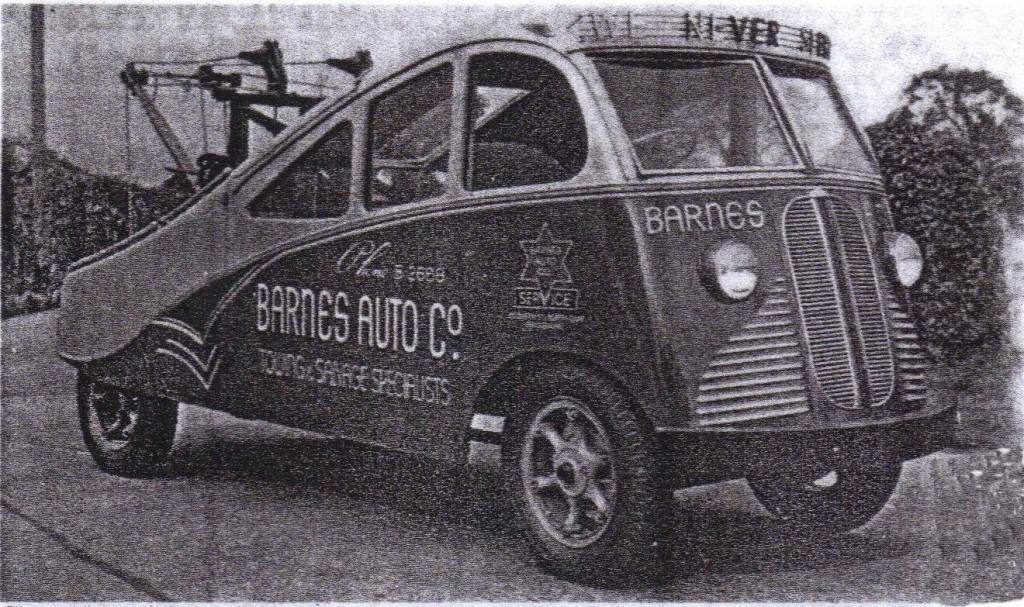
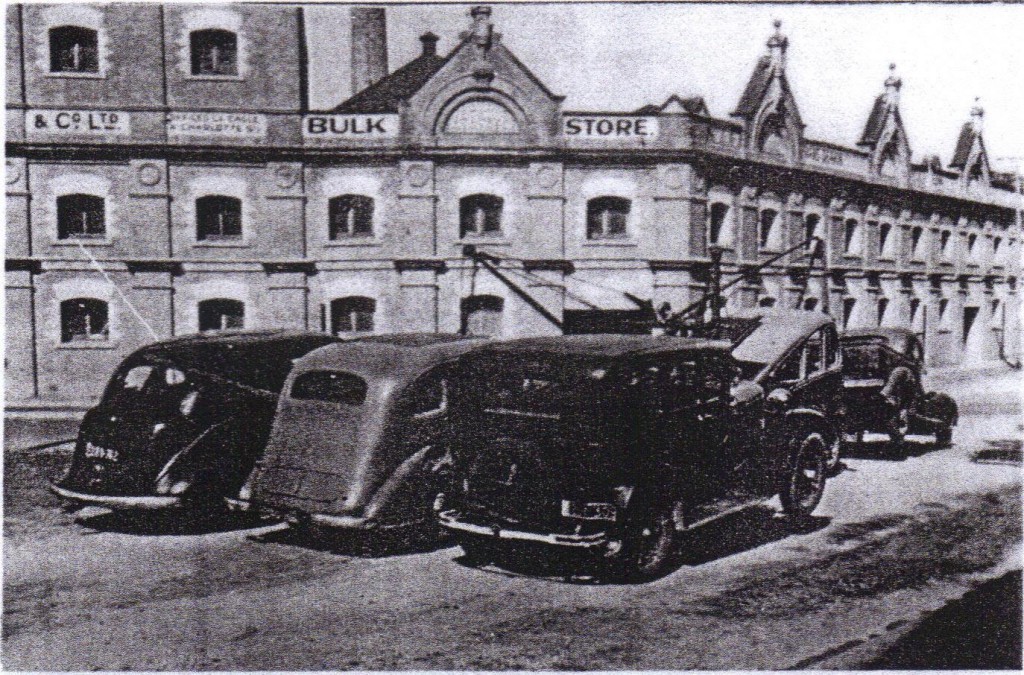

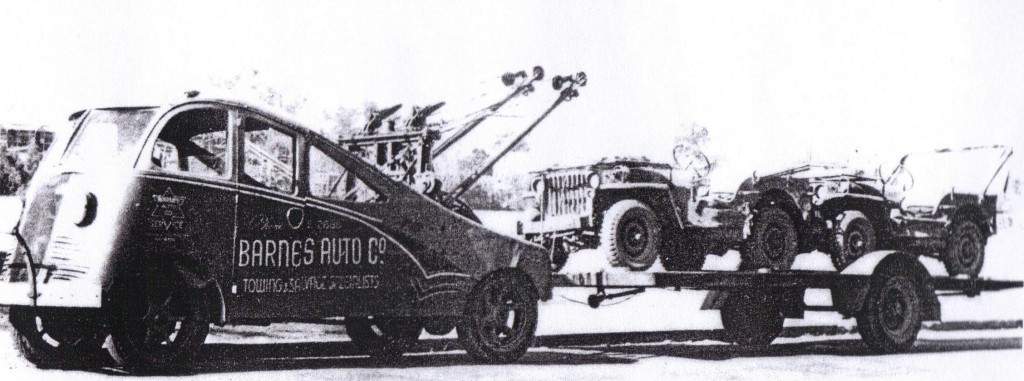

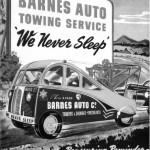
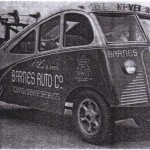
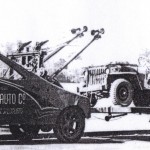
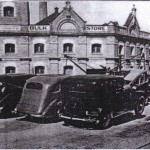
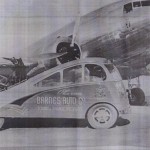
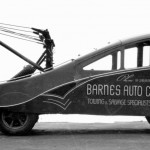
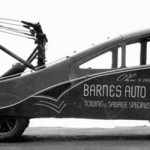
hi guys just wondering if I be allowed to copy this for our club newsletter
The Motor Traders Association commisioned motorsport artist Martin de Lang to paint the Barnes Auto tow truck at the motor show about five years ago. The public were allowed to watch.
I was amazed how excited you guys got over our funny little Brisbane tow truck. Click onto ”Landliner Busses” and check this weirdo out. Two ford v8 motors.
Ted,
I couldn’t locate your link “Landliner busses”. Yes, the Peninsular Bus Lines’ ‘Landliner’ coach is quite interesting in fact the company were pioneers of innovation in Bus design, especially articulated versions. The sole ‘Landliner’ caused quite a stir, finally ended up in Perth, West Australia with the Government Railways.
Sadly one cannot add any photos on this site. my favourite is the artic, ‘Roadliner’ operated by Murray Valley Coaches, naturally along the River Murray Valley from Adelaide, South Aust. via Albury to Sydney, New South Wales. The tractor was a White WA20, 7 seat double cab – with unusual situation, the driver sitting two in from the door and used an extended mechanical arm for turn/stop signals. The coach built by J.A.Lawton, Adelaide featured a Hostess, Rest room, chilled water and cabin cooling by way of split side windows through ice water blocks.
Wayne – When I found the first picture of this truck, I thought surely it had been designed by Count Alexis de Sakhnoffsky, however, when I questioned Andrew McCowan of Barnes Towing, he thought that Luton White had been inspired by a ‘Miller’ truck that he had seen in the U.S.A. Perhaps that ‘Miller’ was a White and maybe that White was a Labatt’s Beer truck which was designed by the Count. Watt’s Bus & Coach were building bus bodies and the front end does resemble a bus. In the same year, 1938, Watts built another streamlined vehicle for another company – watch for a future story!
Hugh I suggest you stop knocking everything everyone says. Holden motor Body Builders started building car bodies in Australia in around 1919 and built bodies for well over twenty different manufacturers including Ford for a while, with over sixty body styles long before they started building the Holden car.There was about twelve other companies doing similar work. The importation of chassis only was a tax thing and to start jobs in the body building industry.
Holden had a powerful lobby do to the fact they were one of the largest body companies there. It was all about taxing. It was far cheaper to being in car parts and creat bodies. The term KD was used for imports -Knocked Down – This is fact – not knocking anyone. Often these are known as cab chassis or school bus chassis in the industry. The countries in this part of the world basically had no raw materials. Their taxing was based on importing foreign goods. When I lived in Japan in the 1960s a $5,000 Lincoln Continental cost $15,000 in Tokyo do to this tax structuring. The basic add-on tax was 40% to the government.
As related to the Australia, there were the Empire taxes tacked on by the UK. There were not that many Fords brought in. All were from Ford of Canada. Many of the imported cars were the off independant brands like Durant and the likes. The cars that were imported were usually made out of year old left-overs since noone really knew what current US models looked like. Export sales managers of independents dumped the stuff they could not sell here.
There were some very skilled panel beaters down under. The 1934 Hudson Terraplane catalog had an illustration of an open touring car [tourer[ that was never produced in the US or Canadian Hudson plants. 7 were built down there by a small shop. They were wood framed like coach builders did in the carriage days. An American Hudson collector had one at several shows in the 1970s. They really looked factory built as these guys knew how to work from photos much like restorers do these days.
The only thing that this stuff really has to do with this group is that a few of these small world-wide firms did eventually make fiberglass bodies.
This group is supose to be about history – not making it up! Holden was a carriage maker first long before GM bought it.
Hugh,
I think Japan’s taxing system was based on Cubic Capacity, until the early ’70s maximum was 2000 cc before the heavy tax came in, altho still thinks it applies to the Home market. Hence the first Toyota Crown/Nissan Cedric size cars still had 1998 cc motors however the cylinder size were double those in their smaller Corona/Bluebird vehicle.
The body front and grill plus the wheels look more like International. The panel-beaters from Oz were very good at using photos to get designs. Most of the American vehicles came in as chassis with a few tin parts. It was a protective deal for Holden who started as a coachbuilder.
‘Hugh I suggest…..’
~ (wha?) much of automotive history, particularly as it intertwines with forgotten fiberglass or obscure streamliners, resides in the oral tradition or awaits discovery & confirmation.
— the purpose of this forum. no??
chill, TED. disarm, we’re all friends here.
respectfully, scot ;}
interesting tale, Glenn.
Do we have any idea of the designer of this streamliner truck? Did Sakhnoffsky sell any work outside the US? Looks like something he would pen. Great article.
Great article, Glenn. What an addition to your streamliner collection this would be, Geoff!
WOW! This is cool! My first driving job was running heavy wreckers for a company here in PA. He had some old trucks, but nothing like this, of course most of his older equipment had Holmes booms on. I like the style of this, especially it being a cab over engine sorts. Thanks for posting this article.
This is a really great story, thanks to Glenn for putting this together. My brother is a trucker and has done some recovery work in the past. Though I’m quite sure none of the rigs he manned were quite as stylish as this!
Awesome article, thanks again!
Too Cool! I’m a sucker for old streamliners..